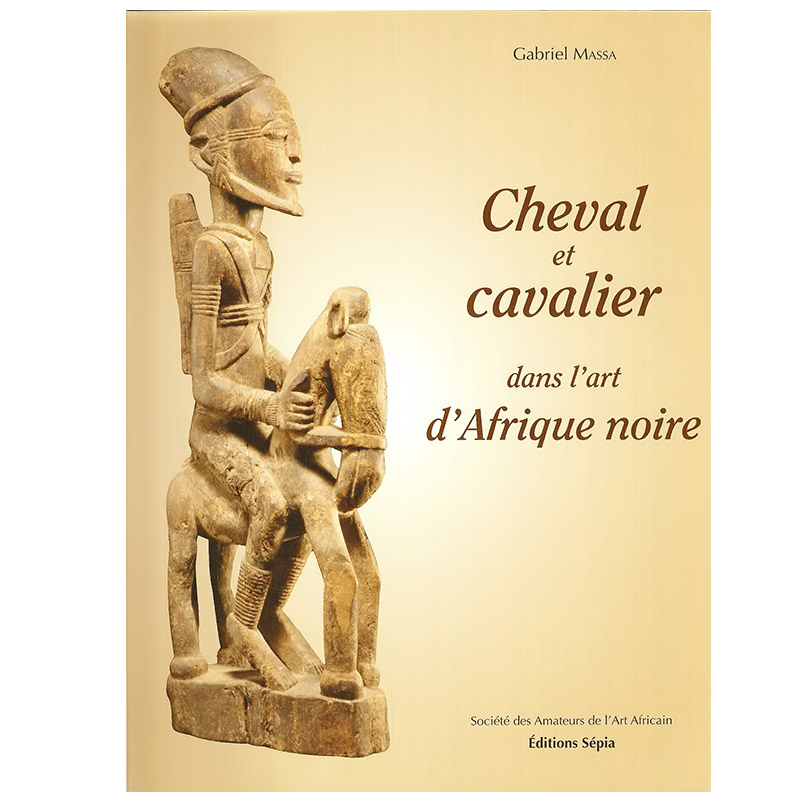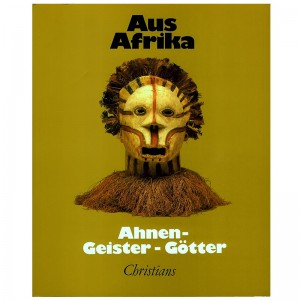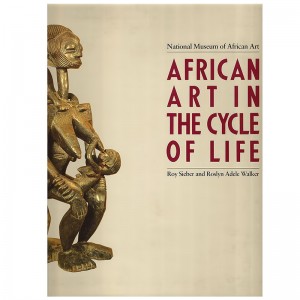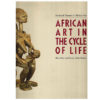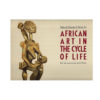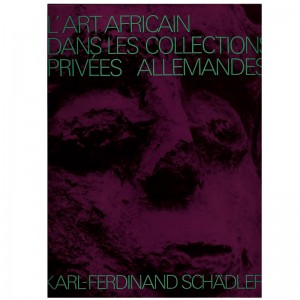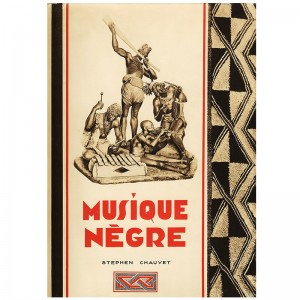CHEVAL ET CAVALIER DANS L’ART D’AFRIQUE NOIRE
Author: G. Massa
Material Type: Exhibition Catalogue. Town Hall of the Sixth Arrondissement, Paris: January 18 to February 24, 2007 / Castle Tours: March 25-April 29, 2007 / Museum of Natural History, Aix-en-Provence: Summer 2007
Publisher: Editions Sepia, Society of Lovers of African Art, St Maur-des-Fosses, 2007. Paperback, 4to, dimensions: 22.5 x 29 cm, ISBN 978-2-84280-123-6
Content: 168 p, 3 ill. b / w, 190 ill. col., 2 b / w photos, 2, 1 map maps ethnicities, biblio., index of ethnic groups
Additional information: Although the title and title page are in Dutch, the text is in German. book sold
State of the book: As new
Description
The exhibition “Horse and rider in the art of black Africa” offers a journey in West Africa mainly. The works have about the horse and rider, and even other horses and other riders. These wooden objects, brass, silver, iron from various nations; they were selected with a requirement for their aesthetic qualities, for their originality, for seniority and for cultural burden they represent. The catalog of the exhibition, explains and comments each object and reproduces any exhibits while discovering the culture and history of the main ethnic groups grouped Bambara, Dogon, Senufo, Bobo, Bwa, Mossi, Gurunsi (Nunuma, Nuna, Winiama, Lela) Tussian, Lobi, Baga, Nalu, Malinke – Akan (Ashanti, Baule), Dan, Fon, Guro, Yohure, Ewe, Nago – Yoruba, Edo – Mambila, Mama, Ogoni, Ibo – Bornu Dakakari – Kotoko – Tikar Bamun. It has three parts: two large divisions geographies, the Sahel and the coastal zone – the large number of small brass objects that justified a spécfique section in Catalogue- and other frames, not horses, and other riders who are not men. This richly illustrated a color iconography, brings together exceptional pieces from private collectors, most never presented before, all of which reflect the essential role of the horse in the cultures and societies of West Africa, the Sahel to the Gulf of Guinea.
Additional information
| Weight | 1010 g |
|---|---|
| Dimensions | 22.5 × 29 cm |
Related Products
-
AUS AFRIKA
30,00 €Subtitle: Ahnen - Geister - Götter Authors: J. Zwernemann / LOHSE W. Material Type: general or thematic Work Publisher: Museum für Völkerkunde Hamburgisches Christian und Verlag, Hamburg, 1985. Paperback, 4to, dimensions: 19.5 x 24 cm, ISBN 3-7672-0942-X Content: 190 pp, 180 b / w photos, 50 Color photos, 4 maps, biblio... State of the work:…
-
AFRICAN ART IN THE CYCLE OF LIFE
50,00 €Authors: R. SIEBER / WALKER R.A. Material Type: Exhibition Catalogue. Haags Gemeentemuseum: Juni 3 - 5 September 1971 Publisher: The Smithsonian Institution Press, Washington, 1987. Hardcover draped with gray binding editor, under jacket illustrated color good condition, size: 30 x 30 cm, ISBN 0-87474-822-4 Content: 156 p, 4 drawings, 1 card, 130 ph.. 60 col.…
-
MUSIQUE NEGRE
300,00 €Subtitle: Considerations - Technical - Musical Instruments - Series airs rated Authors: STEPHEN-CHAUVET Material Type: general or thematic Work Publisher: Editions Geographic Society, Maritime and Colonial, Paris, 1929. Paperback, 4to Content: 244 p, Library, numerous illustrations in b / w, a collection of 118 negro tunes with scores in text and scores inset + 30…
30,00 €
Out of stock



